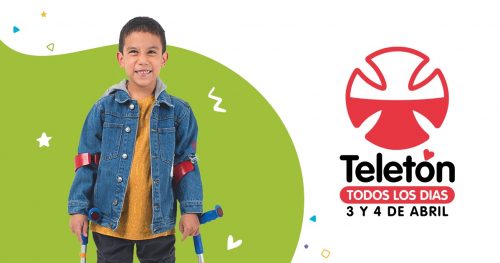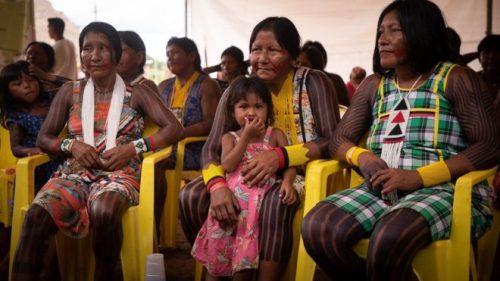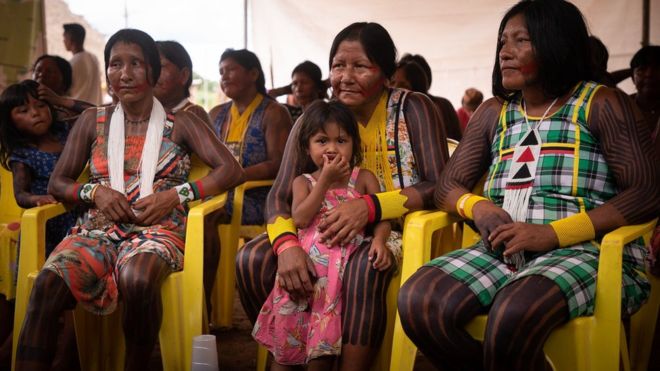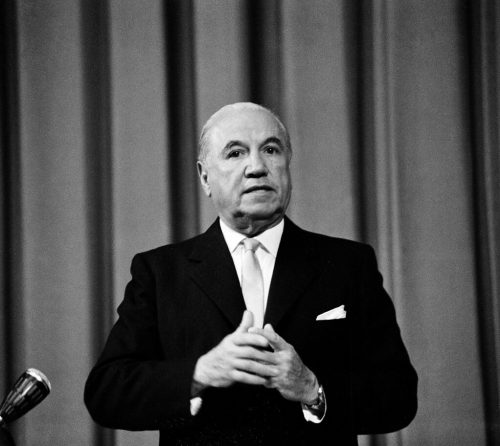Chile’s annual Teletón goes virtual this year
While very important, I thought I would take a break from the COVID-19 pandemic and cover something different.
On April 4th and 5th, Chile still held its annual Teletón albeit virtually. Teletón is a televised charity event to raise money for children with developmental disabilities who receive treatment at Fundación Teletón’s rehabilitation institute. The event is televised for 27 hours straight and has been held since 1978. Each year the goal is to raise more than the previous year. However, due to the current pandemic, Teletón did not set a goal. The program is hosted by Don Francisco, Mario Kreutzberger, and features testimonies and performances by famous singers. This year, Teletón raised $34,703,593,204 in Chilean pesos which actually surpassed the last Teletón amount. This year, the Teletón was held with no audience and people spoke from their homes using virtual platforms.
Since there were no longer articles with substance, I opted to briefly write about smaller articles about Teletón. The first article is about the poster child or ambassador as each year there is a child for the charity who is featured on Teletón. This year Bastián Pinto was selected as the “virtual ambassador”. Pinto is 6 years old and has spastic diplegia. The second article is a testimony about Raúl Sandoval who has spastic diplegia. He entered the Universidad de Chile but suffered discrimination by the university who kicked him out 5 times. Finally, he attended la Pontifica Universidad Católica where they were accommodating to him. However, even after graduating he continued to suffer discrimination when finding a job. Finally, he found one and shares his story of resilience amidst discrimination.
Chile is portrayed positively in the media in these articles. The articles are from Chile, but also since it is a charity event for a good cause. I was a little surprised by the strong patriotic tone Teletón carries. Many of the messages were about uniting Chile, to join together to raise money, and “si se puede”. In previous years, the event is held in the Estadio Nacional and ends with the singing of the national anthem. The overall tone is unifying and patriotic.
Tying to our class themes, I suppose one could see the patriotic tone of Teletón to that of nationalism. We first saw nationalism, or the creation of a Latin American identity, during the wars for independence. Nationalism strongly reemerges in the first half of the 1900s as Chasteen talks about in chapter 8 of Born in Blood and Fire. Nationalism is also visible in the revolution period amid internal conflicts and a rejection of U.S. foreign influence by revolutionaries. Nationalistic tones can be used in a variety of ways, not just for political reasons or revolutions but also for charity causes.
I hope you enjoy something heartwarming from this LA in the news and perhaps watch some of the testimonies and performances. I was able to watch a bit of the Teletón and for me, it definitely helps to put things into perspective, especially during this difficult time.
For further readings:
A complete list of Teletón articles from biobiochile.cl https://www.biobiochile.cl/lista/tags/teleton?pag=1
A play-by-play of the Teletón 2020 which includes videos of the testimonies and performances by singers. https://www.cooperativa.cl/noticias/entretencion/television/teleton/teleton-realiza-su-version-de-emergencia-bajo-medidas-sanitarias/2020-04-03/190516.html
Bibliography:







